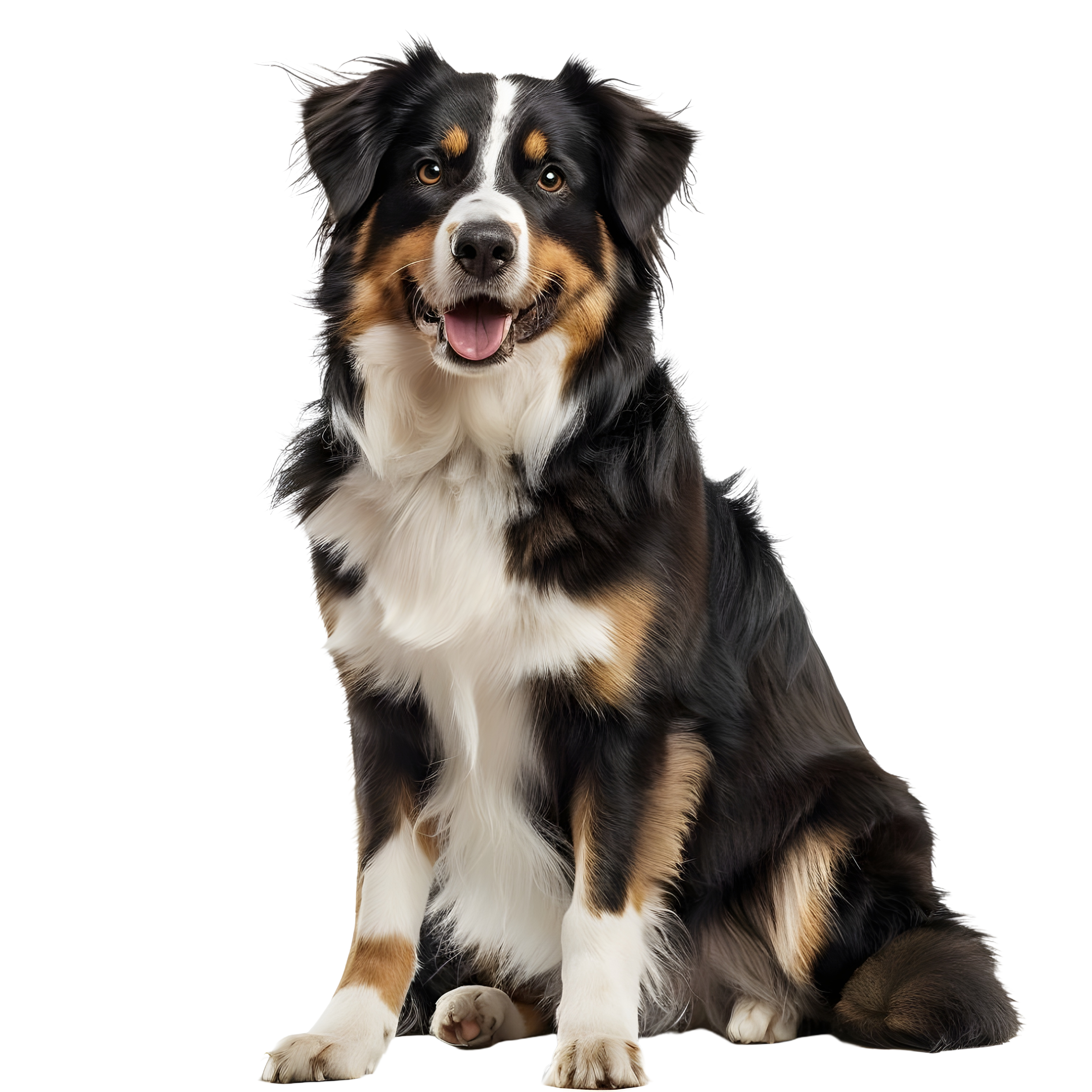The 3 Best Ways to Help Your Dog Lose Weight
The statistics are shocking; approximately 56% of dogs and 60% of cats were classified as clinically overweight or obese by their veterinary healthcare professional.<1> That equals approximately 50.2 million dogs and 56.5 million cats in the United States that are too heavy for their good health. You may have heard about Chubbs the 29-pound cat who was recently in the headlines.<2> His large girth made it uncomfortable for him to move freely, and he was so big that he couldn't fit into a kennel. The extra weight made him susceptible to major health issues. Luckily, he quickly found a loving new family who has put him on a healthy diet and exercise routine and on the road to better health.
Is Your Pet Overweight?
The weight of your pet is one of the most influential factors in longevity, quality of life, and disease prevention. The Association for Pet Obesity Prevention suggests three ways to determine if your pet has packed on too many pounds:<3>- First, you should be able to easily feel and count your dog’s ribs when you lightly run your fingers across the side.
- Next, when you look down on your pet from above, you should see an indentation near the midsection. If your pet looks like a blimp from above, they are too heavy.
- Finally, when you observe your pet from the side as it stands up, you should see a slight tuck or upward slope of the tummy. If the abdomen hangs low and drags near the ground that indicates that too much abdominal fat is present.
If you are unsure how to tell if your pooch has too many pounds, consult your veterinarian. And don’t be offended if the answer isn’t what you want to hear. Too many calories added to too little exercise equals a chubby pet. If you need to slim down your super-sized pet and keep them fit, try these three tips to trim excess pounds from your pet and keep them trim.
Three Strategies for Doggy Weight Loss
These simple tips will help you help your precious pet trim down the healthy way. For added safety, it is a good idea to consult a veterinarian before implementing a weight loss plan.
-
Cut Calories
According to the American Society for the Prevention of Cruelty to Animals (ASPCA), your pet’s body has different needs during the at the various stages of their life. At every level, they need a balanced diet of protein, healthy fat, carbohydrates. But too often, pet parents do not understand how much or how often to feed their canine companion. Feeding guidelines on dog food bags tend to overestimate portion sizes, so consider cutting back if your dog is too large for their own good. To control weight, you must know how many calories are in a cup of food. Then, feed according to calories. Use a measuring cup for precise portioning. Also, if your dog is severely obese, your vet may need to help you design a custom weight loss program for your pet. Remember, unlike humans, your dog cannot raid the refrigerator in the middle of the night. The number of calories the intake on a daily basis is in your hands.
2. Rewards
If your pet is gaining unhealthy levels of weight, it’s time to reward them with fun, not food. It’s very typical that you, your family members and your friends are giving your furry friend a few too many treats throughout the day. After all, it’s so tempting when they look you in the eye with that face that makes your heart melt. It’s fine (and useful) to use food as a reward in training, but resist the temptation to give your dog or cat a treat unless they earn it. Better yet, start introducing non-food rewards. Try offering a round of fetch instead of a french fry, or a belly rub in place of some pork belly. Be sure to let your pet sitter or dog walker know about this, as well.
3. Move and Exercise
Remember that exercise is part of every successful weight loss program. Just like when humans need to lose weight, your pet needs to get out of the house and move. My gym is dog-friendly and at any given time there are four or five dogs watching and waiting patiently as their pet owners sweat it out to shed pounds. But this viewing party doesn’t help those dogs lose weight! As an owner, take the responsibility to find new ways to provide extra exercise opportunities for your pet. Consistent, daily walks for dogs boost their immune function, improve cardiovascular health and reduce many behavioral problems. For cats, playing with a laser pointer or remote-controlled toy or even a ball increases their chances of a healthy life. As a dog owner, you must commit to daily walks, rain or shine. If you are busy or out of town, your local dog walker or cat sitter can stop by as many times as you need, on whatever days you need them.
Start Now!
Working with your pet to lose extra pounds doesn’t have to be all doom and gloom. Animals live in the present and are easily adaptable to change, so it’s really not difficult to help a dog or cat get in shape. All it takes is consistency and time. Focus on making lifestyle changes that integrate exercise and a healthy dog diet into their daily routine. If you need support, your local dog walkers can help.
Helping your furry friends maintain an appropriate weight can improve and extend your time together. Give them the best chance at a long life with the proper diet and exercise routine. It's time to go out and start losing weight!
Written by Audrey Beim
Sources:
<1> https://petobesityprevention.org/2017
<2> https://kdvr.com/2018/06/15/29-pound-cat-dubbed-chubbs-rescued-from-busy-california-street/


